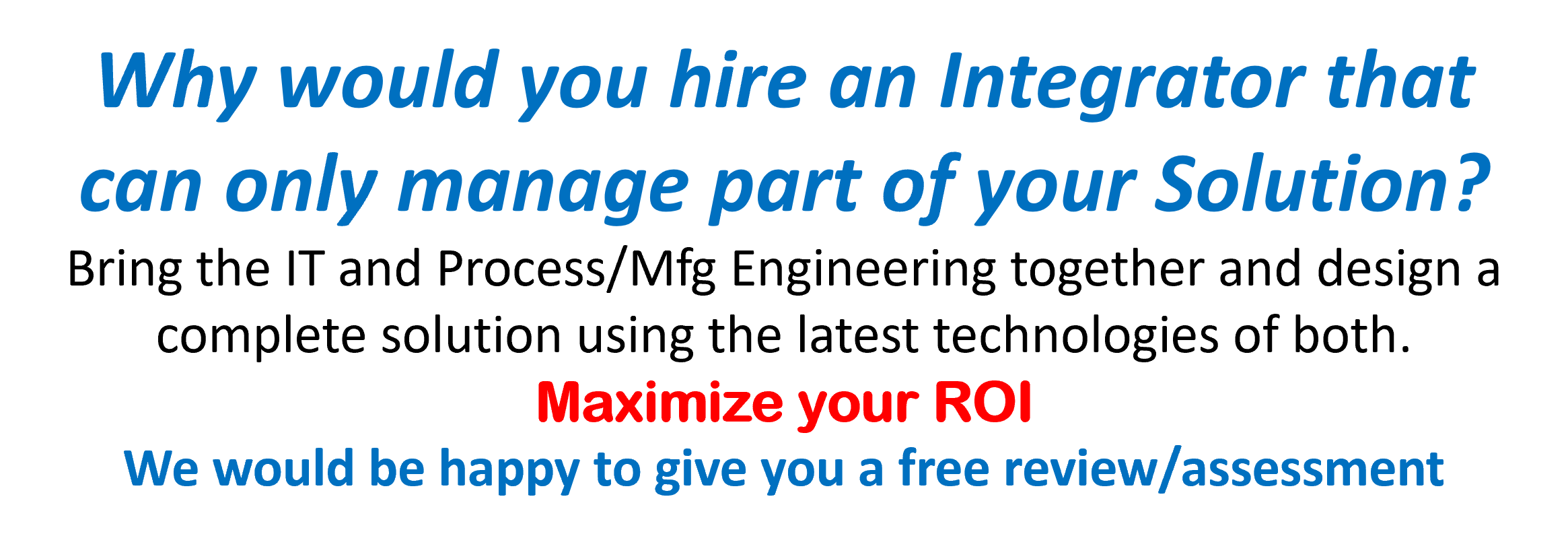Industry 5.0, also known as the Fifth Industrial Revolution, is a manufacturing paradigm that emphasizes human-centricity, sustainability, and resilience in production processes. It builds upon Industry 4.0 by integrating advanced technologies like AI and robotics with human expertise and creativity. This approach aims to create a more balanced and harmonious system where technology enhances human capabilities and well-being while respecting planetary boundaries.
Key Aspects of Industry 5.0
Human-centric approach:
Industry 5.0 places the well-being of workers at the center of production, focusing on creating a collaborative environment where humans
and machines work together.
Sustainability:
It promotes environmentally friendly practices and a circular economy, aiming to minimize waste and resource consumption.
Resilience:
Industry 5.0 emphasizes building flexible and adaptable systems that can withstand disruptions and unexpected events.
Integration of technologies:
It leverages advanced technologies like AI, robotics, big data, and digital twins, but with a focus on complementing and augmenting human capabilities rather than replacing them.
How Industry 5.0 Differs from Industry 4.0:
While Industry 4.0 primarily focused on automation and efficiency gains, Industry 5.0 adds a layer of human-centricity, sustainability, and resilience. Industry 5.0 recognizes that technology should serve humanity and the planet, not the other way around.
Examples of Industry 5.0 in Practice
Collaborative robots (cobots):
Cobots work alongside humans, assisting with tasks that require precision, speed, or repetitive movements, while humans focus on more complex tasks.
Digital twins:
Digital models of physical assets or processes are used to simulate and optimize performance, identify potential issues, and improve efficiency.
Smart factories:
Connected devices and sensors enable real-time monitoring and control of production processes, allowing for proactive maintenance, reduced downtime, and improved resource utilization.
Benefits of Industry 5.0
Increased productivity and efficiency:
By combining human creativity with technological advancements, Industry 5.0 can lead to higher output and reduced costs.
Improved product quality:
Advanced technologies and data analysis can help identify and correct defects, leading to higher quality products.
Enhanced worker safety and well-being:
Cobots and other technologies can automate dangerous or repetitive tasks, reducing the risk of workplace injuries.
Reduced environmental impact:
Sustainable practices and resource optimization can help minimize the environmental footprint of industrial operations.
Greater flexibility and adaptability:
Industry 5.0 systems are designed to be more adaptable to changing market demands and unexpected disruptions.

-1.jpg?width=180&height=50&name=AP%20logo%20w-o%20words%20(2014_07_16%2016_07_20%20UTC)-1.jpg)
